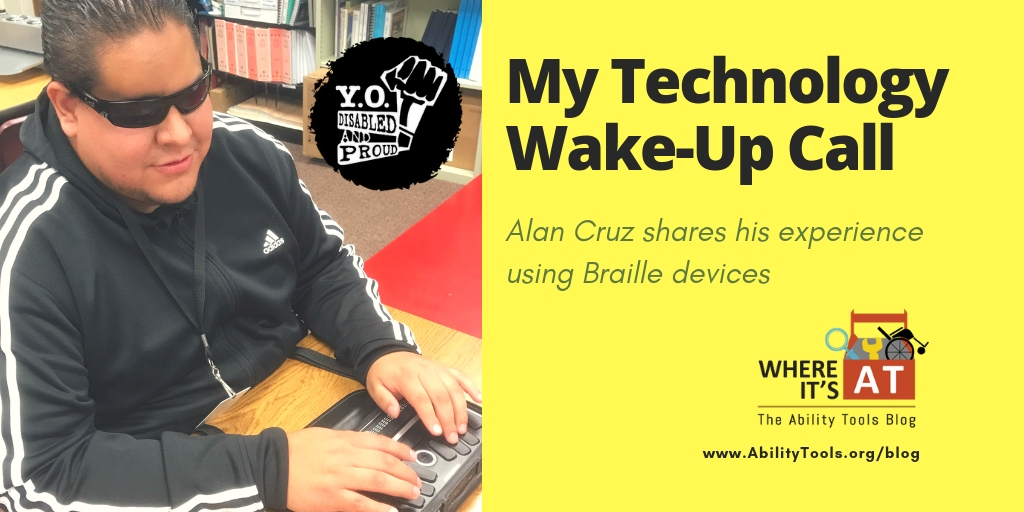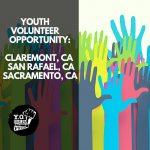by Jose Alan Cruz
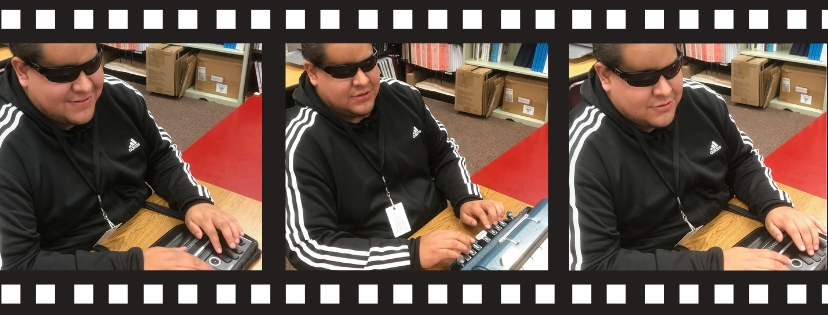
I may have started using assistive technology (AT) in junior high, but my ‘relationship’ with technology did not start until I got to my first year of college. Throughout my junior high and high school years, I used my BrailleNote to do almost all my homework. A BrailleNote is device that is similar to an iPad in size but thicker. It has 13 buttons and it kind of works like a laptop because it has internet and email.
The only subject I didn’t use my BrailleNote to do my homework was math. I used to do my math work on a Brailler. A Brailler is a huge machine that has ten keys and once you put a piece of paper in you could start writing Braille. For those that have seen or heard of a Brailler, will know what a pain those machines are. I was never taught or told how to do math on the BrailleNote. I didn’t even know how to use a computer.
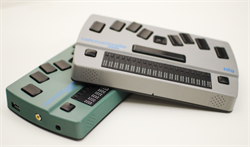
During my first year of college, I did not know how I was going to do my homework because the college didn’t have any Braillers. I needed to figure out a way to do my math work, so I began to research for ways that blind people can do math without using a Brailler. After a couple of days of searching, I found helpful information on how to do math on the BrailleNote.
I took that situation as a wake up call and I started to search for all the technology available for me. I also started taking classes to learn more about computers and all the different screen readers. All my work paid off because I was able to successfully pass my math class. Since that event in my life, I have gotten involved with technology and I try to stay on top of it.
I enjoy connecting youth to technology because I don’t want them to go through the same struggles as I did. I want them to know as much as possible about technology so they can be prepared and successful when they go to college.
In addition, I provide my students and consumers with as many resources as possible. It is very important to me because I want them to be successful in school and work. I feel that their future depends on what I teach them and also on the resources that I connect them to. Technology is not going away, so I recommend that youth and adults learn as much as possible. It does not hurt any one to know about computers, cell phones, and other software. It would definitely look wonderful in those resumes.
———————————————–
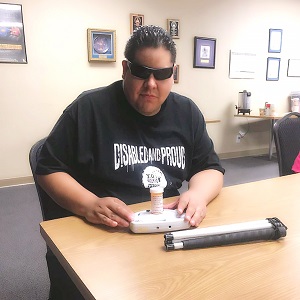
Jose (Alan) Cruz lives in Southern California and is transitioning from being a Youth Organizing (YO!) Disabled and Proud volunteer to working at the Dayle McIntosh Center (DMC) in Anaheim. He has been blind since the age of four. You can see Alan working (and having fun!) with the DMC youth group via Facebook and Instagram.
